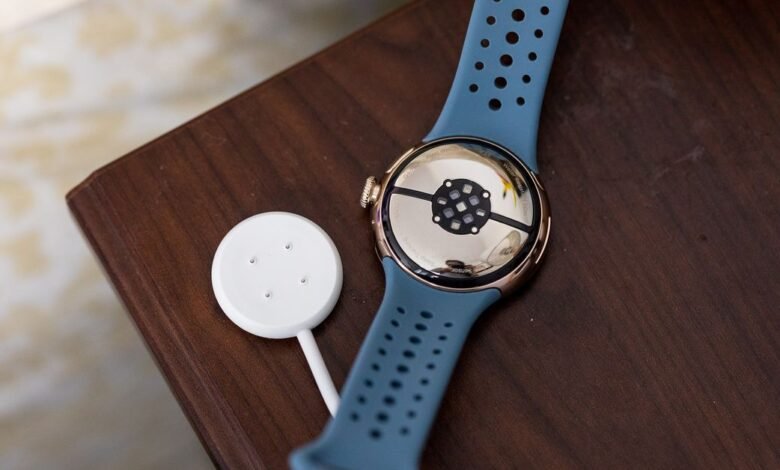Wear OS watches might soon have an edge when it comes to blood oxygen

Last week, medical device maker Masimo announced new deals with Google and Qualcomm to bring its biosensing tech to Wear OS smartwatches. That’s pretty inside baseball for the wearable industry, but it takes an interesting turn when you realize Masimo is also the reason why the new Apple Watch Series 10 doesn’t have blood oxygen features in the US.
From the outside, it sort of looks like the company battling Apple over blood oxygen is now setting the terms for how that exact tech is used by Apple’s smartwatch rivals. Securing the bag, so to speak, against other alleged patent infringement.
Masimo CEO Joe Kiani says that’s not exactly how he sees it. As part of the deals, Masimo is creating a reference platform where its tech is embedded in Qualcomm’s smartwatch chip and the Wear OS platform.
“We see it as a way of giving people continuous, accurate monitoring so they don’t have to try to maybe rip us off,” Kiani says in a call with The Verge. “We’ve done this because we see a world where people really want these wearables for accurate SpO2, for real scientifically based sleep apnea and sleep analysis, measuring hydration, all kinds of things.”
Kiani contends that ensuring accuracy across the market is the real goal, touting Masimo’s medical pedigree. He has a point. Masimo’s tech is FDA-cleared, meaning the agency has evaluated and vetted Masimo’s accuracy claims across a wide range of variables. This isn’t the case for the blood oxygen sensors in most consumer-grade smartwatches. That’s because blood oxygen data is largely presented as a wellness feature. It’s nice data to have, but you’re not meant to make any major health or medical decisions based on it. This understandably can lead to confusion, especially since it’s hard for consumers to keep track of which features have or haven’t been FDA-authorized.
“Not only do we have FDA clearance for the statements we’re making, but every OEM that goes through us, we’re going to do a verification and validation to see that their implementation is as good as ours,” Kiani says. He also notes that Masimo will also help companies navigate the FDA regulatory process.
The potential benefits are manifold. FDA clearance is a time-consuming, resource-heavy process that can be difficult for companies outside the medical space to navigate. Even now, consumer-grade blood oxygen monitoring is fairly limited in usefulness. Spot checks don’t necessarily provide useful long-term data, while night-time monitoring accuracy can be negatively impacted if you’re a side sleeper. At the same time, Kiani says truly accurate SpO2 monitoring in wearables could help folks and medical providers remotely monitor patients with chronic illnesses. However, the accuracy has to be there for that potential to be realized.
Still, it’s hard to ignore what this means for smartwatch blood oxygen sensors at large.
Apple remains stubborn about not licensing Masimo’s tech, meaning Apple Watches in the US won’t have blood oxygen monitoring until the patent dispute resolves or the patent itself runs out in 2028. Wear OS watches, however, could start adding them en masse in the next year or two. Kiani declined to name any potential partners but hinted that some announcements may be coming soon. Masimo itself is also working on a Wear OS smartwatch, pointedly called Freedom, that it showed earlier this year at CES.
Source link



